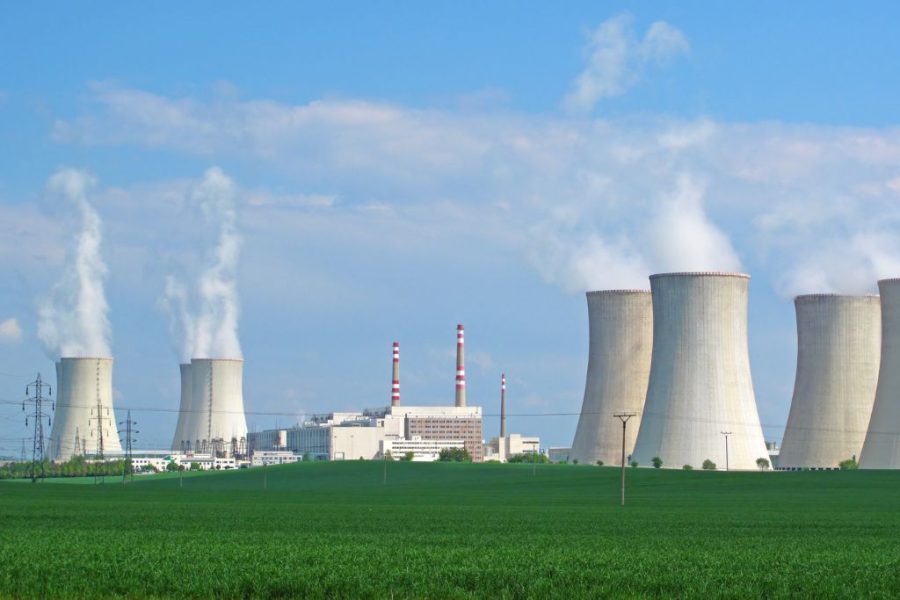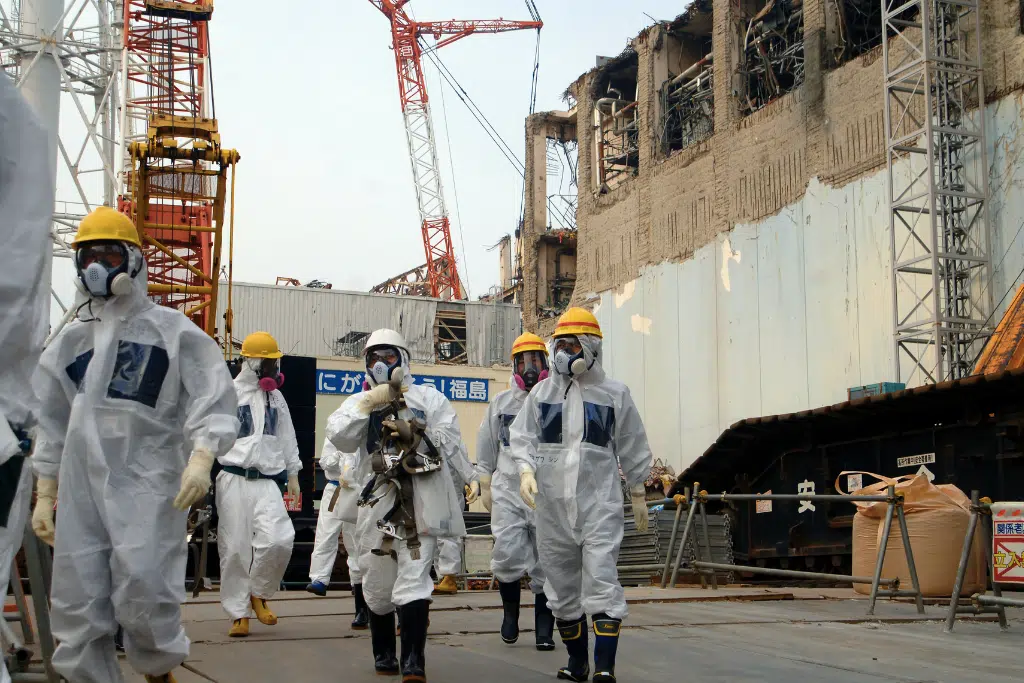
In August 2023, Japan began releasing more than 7,800 tonnes of treated radioactive water into the Pacific Ocean. Over the next few decades, the country is expected to release an estimated total of 1.34 million tonnes, equivalent to more than 500 olympic swimming pools. Where does this water come from and why is Japan releasing it into the Pacific Ocean? Read on to learn more about the story behind the nuclear wastewater and the concerns surrounding its controversial release into the ocean.
—
In 2011, a powerful earthquake and tsunami hit Fukushima – the strongest ever recorded in Japan. It claimed more than 18,000 lives and wiped entire towns off the map. The Fukushima nuclear power plant was flooded and damaged – some parts overheated and melted down. Chemical explosions also rocked the plant, further damaging the buildings.
To stop the meltdown, plant workers flooded the reactors with water. This water became contaminated with radioactive material. Since then, the plant workers have been storing this contaminated water in over 1,000 giant tanks.
With the tanks now full, the Japanese government has decided to release the contaminated water into the ocean.

Recovery works at the Fukushima Daiichi Nuclear Power Station on 17 April 2013. Photo: IAEA Imagebank/Flickr
A nuclear power plant generates electricity from nuclear energy, energy that is stored in the nucleus or core of an atom. Atoms are tiny units that make up everything in the universe, from a grain of sand to the human body. There is a surprisingly huge amount of energy in the core of an atom. A nuclear power plant can split atoms to release their energy, hence producing electricity.
Nuclear energy is a form of clean, renewable power and does not release greenhouse gases. It is a highly efficient form of energy – 1 kilogram of nuclear fuel releases one million times more energy than 1 kilogram of coal. However, it produces radioactive material as a byproduct. This waste, if not managed properly, poses an environmental and health risk to local communities.
Today, there are more than 400 nuclear power plants in the world, providing about 10% of the world’s energy needs.
Reactions to the plan have been mixed.
Japan claims that the water is safe, as it has been filtering the contaminated water to remove isotopes. Only tritium, a radioactive isotope that cannot be easily removed, remains in the water – at a level that is considered safe for drinking by the World Health Organization (WHO).
The International Atomic Energy Agency (IAEA), the world’s nuclear safety expert, agrees that the wastewater is safe as it meets international safety rules and is unlikely to have a big impact on human health and the environment.
However, other scientists are not so sure. While tritium’s radiation is low enough to be considered relatively harmless to humans, there are concerns about its long lifespan and potential for bioaccumulation, a process in which pollutants build up and multiply as they move up a food chain.
Public reception has been divided, too. In Japan, local fishing communities worry about harm to marine life and the impact on their livelihoods. Neighboring countries, too, express concerns about the contamination of their own coastlines and food chains, with some placing a ban on the import of products from Japan.
As Japan’s plan progresses, the debate on the safety of the wastewater is likely to continue. Perhaps only time will tell as long-term monitoring data becomes available.
Check this out next: A Kids’ Guide to the Pros and Cons of Nuclear Energy